The Nereid Temple - From Xanthos to the British Museum
![]()
Xanthos, the great Lycian city, suffered invasions by the Persians, Macedonians, Greeks, and Romans over the centuries and yet, some of the most amazing architecture was created here.
In 1842, the British archaeologist and explorer, Charles Fellows, discovered the ruins of this city and realized its greatness. He negotiated with the Ottoman government to remove the entire Nereid Temple and transport it to London. The temple stones and sculptures were loaded on to wagons, transported to the sea, and loaded on to waiting ships. When it arrived in London, It was studied and rebuilt within the British Museum, where it is displayed today.
This temple, named after the figures of the Nereids, daughters of the sea god, Nereus, placed between the columns, was designed in the Greek style. It was built between 390 - 380 BC.
The two rows of friezes around the base of the temple depicted a battle and the surrender of a city. Perhaps these scenes illustrate the exploits of Arbinas, a Lycian hero and leading citizen of Xanthos, whose tomb was inside the temple.
We visited the British Museum to view this wonderful temple. As we examined the installation in the museum, we tried to imagine this great structure back on its foundation at Xanthos, not an easy task! We present these pictures and invite you to do the same!
The Site at Xanthos where the Nereid Temple stood.
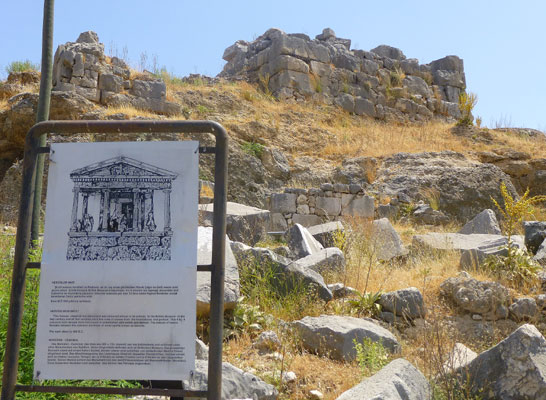
The Nereid Temple in the British Museum
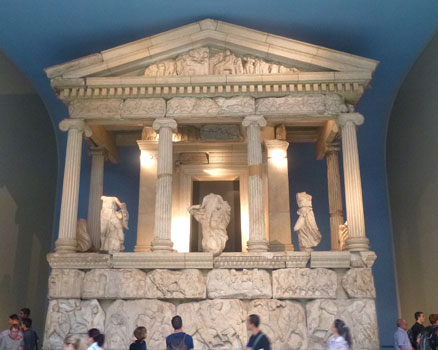
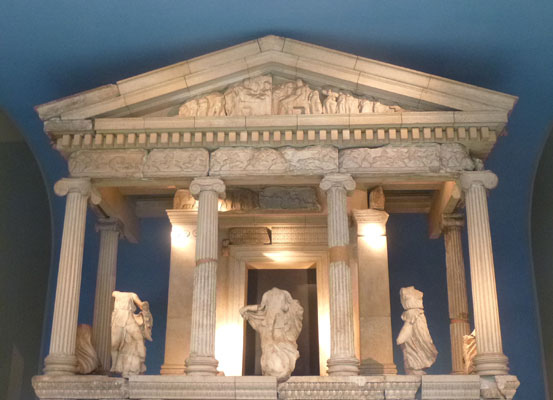
View from Closer with Detail of the Frieze Along the Base
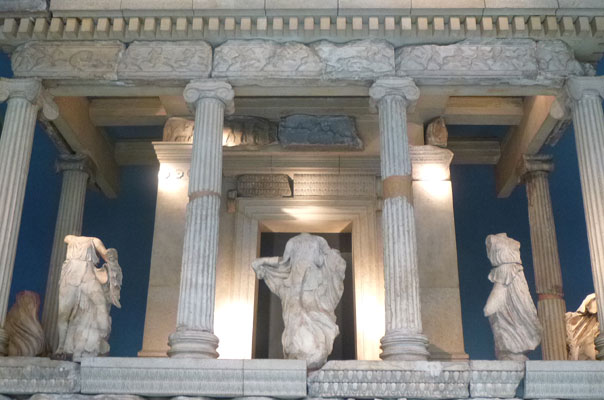
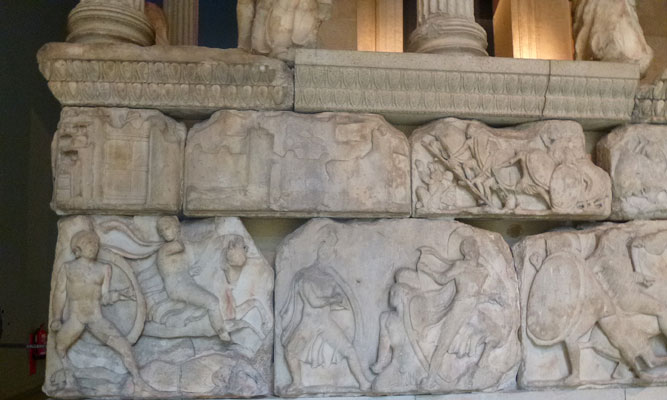
The Frieze Along the Base of the Temple

Click here to return to our 'Ancient Cities of Turkey' page.
Click here to go to our 'Searching the World for People Friendly Cities' page
![]()